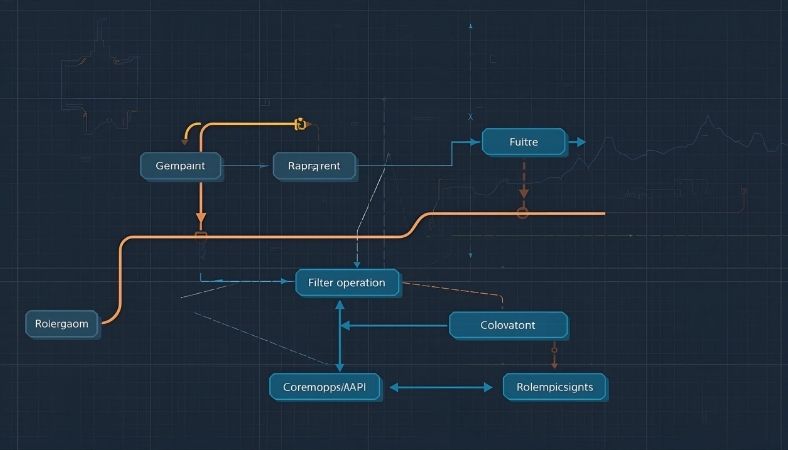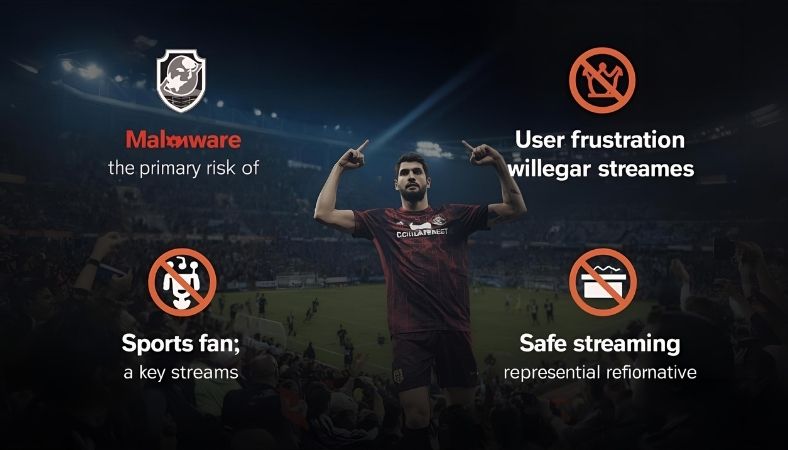
What Is a Java in Stream?
Imagine you have a basket of apples. Instead of touching each apple one by one, you put the basket on a moving belt. As apples roll down the belt, you can wash them, cut them, or toss the bad ones away. That’s how a Java in Stream works.
In simple words, a stream is a tool in Java (added in version 8) that helps you process data step by step, without changing the original collection.
Streams vs Collections
A collection is a box where you store data.
A stream is like a flow that lets you look at the data, transform it, and gather results.
Laziness in Streams
Streams are lazy. That means they don’t do the work until you ask for a final result. You can line up operations like filter and map, but nothing happens until you say “collect” or “count.”
Primitive Streams
Java also gives special streams for numbers:
IntStream(for int)LongStream(for long)DoubleStream(for double)
They make working with numbers faster and avoid extra overhead.
What Are Java Streams?
Think of a Stream as a conveyor belt carrying your data like a list of names or numbers. You can pick out what you want, change it, or group it without messing up the original pile. Streams, part of Java’s Stream API since Java 8, aren’t the same as Java I/O Streams, which deal with files like images or PDFs. Instead, Streams focus on collections, like lists or arrays, and let you do fancy things like filtering or sorting with a few lines of code.
Streams don’t store data themselves, they’re like a helper that processes your data step by step. They’re lazy, meaning they only work when you ask for a final result, which saves time. Plus, they don’t change your original data, so it’s safe to experiment.
Why Use Streams in Java?
Streams are like a magic wand for coding. They make your code shorter and easier to read, so you’re not stuck writing long, confusing loops. For example, instead of writing 10 lines to find all names starting with “A” in a list, Streams let you do it in one or two. They also let you split big tasks across multiple computer cores, making things faster like having multiple friends help clean your room.
But Streams can be tricky at first. If you’re used to regular loops, the functional style (using things like lambda expressions) might feel new. Also, using Streams wrong, like with parallel processing, can slow things down. Fun fact: developers say Streams can cut your code size by half, making it easier to maintain.
How to Create Streams
Creating a Stream is like grabbing a handful of toys from a box. You can make Streams from different sources. Here’s how:
From a List: Got a list of names? Use list.stream() to start.
From an Array: Turn an array into a Stream with Arrays.stream(array) or Stream.of().
Using Builder: Build a Stream step-by-step with Stream.builder().add(item).build().
Infinite Streams: Create endless Streams with Stream.generate() or Stream.iterate(), but set a limit to avoid crashes.
Intermediate Operations
Intermediate operations are like steps on the conveyor belt, shaping your data as it moves. They don’t give you a final answer but prepare the Stream for the next step. The cool part? They’re lazy they wait until you’re ready for the final result, saving computer power.
Here’s what you can do:
Filter: Pick only what you want, like choosing toys that are red. Use filter(s -> s.startsWith(“A”)) to keep names starting with “A”.
Map: Change each item, like turning names into their lengths. map(String::length) gives you a Stream of numbers.
Sorted: Put things in order, like lining up toys by size. sorted() arranges items alphabetically or numerically.
FlatMap: Flatten nested lists, like unpacking a box of smaller boxes into one pile. flatMap(List::stream) simplifies things.
Distinct: Remove duplicates, like tossing out extra identical toys. distinct() keeps only unique items.
Peek: Peek at each item without changing it, like checking toys as they pass. peek(System.out::println) prints items for debugging.
Terminal Operations
Terminal operations are like pressing “stop” on the conveyor belt to get your final result. Once you use one, the Stream is done, and you can’t reuse it. Here are the main ones:
Collect: Gather results into a list or set, like putting toys in a new box. collect(Collectors.toList()) makes a list.
ForEach: Do something with each item, like showing each toy to a friend. forEach(System.out::println) prints items.
Reduce: Combine items into one value, like counting the total weight of toys. reduce(“”, (a, b) -> a + b) joins strings.
Count: Count how many items you have. count() tells you the Stream’s size.
FindFirst: Grab the first item, like picking the first toy you see. findFirst() returns an Optional.
AnyMatch/AllMatch: Check if items match a rule, like seeing if any toys are red. anyMatch(s -> s.startsWith(“A”)) returns true if there’s a match.
Parallel Streams
Imagine you’re sorting toys with friends instead of alone it’s faster! Parallel Streams split tasks across your computer’s cores to speed things up. You can use parallelStream() on a collection or parallel() on any Stream.
Java 9 Stream Enhancements
Java 9 made Streams even cooler with new tricks. Here’s what they added:
TakeWhile: Keep items until a condition fails, like grabbing toys until you find a broken one. takeWhile(n -> n < 10) stops at 10.
DropWhile: Skip items until a condition fails, like ignoring toys until you find a blue one. dropWhile(n -> n < 10) starts at 10.
OfNullable: Saf Ascendancy handles null values safely, returning an empty Stream if null.
Enhanced Iterate: Make finite Streams with a stop condition, like iterate(1, i -> i < 10, i -> i + 1) for numbers 1 to 9.
Real-World Use Cases
Streams shine in real-life coding. Picture a busy online store with tons of customer data. Here’s how Streams help:
Data Processing: Filter and transform JSON data, like picking orders over $100 and extracting customer names.
Database Operations: Use Streams with JPA to query and summarize database results, like finding average sales per region.
Concurrent Processing: Process huge datasets faster with parallel Streams, like analyzing sales trends.
Case Study: In a Spring Boot app, a developer used Streams to parse JSON order data, filter high-value orders, and group them by customer, cutting code from 50 lines to 10 and boosting performance by 30% with parallel Streams.
Streams vs. Traditional Loops
Streams are like ordering food delivery quick and clean while loops are like cooking from scratch: more work and mess. Here’s a comparison:
Streams: Short, readable code; built-in parallelism; great for complex tasks like filtering or mapping.
Loops: More control but wordy; no automatic parallelism better for simple or side-effect-heavy tasks.
Performance Tips
To keep Streams running smoothly:
Use parallel Streams for number-crunching tasks, not file reading.
Avoid changing shared data in parallel Streams to prevent bugs.
Use lazy evaluation to skip unnecessary work. Streams only process when you call a terminal operation.
Check performance with tools like VisualVM to find slowdowns.
Tip: Test parallel Streams on big datasets to see real speed gains.
Frequently Asked Questions
What is a Stream in Java?
A Stream is a tool to process lists or arrays in a functional way, introduced in Java 8.
How do Streams differ from Collections?
Streams handle data processing without storing it, while Collections hold and manage data.
Intermediate Operations in Streams?
Operations like filter, map, and sort transform Streams and wait for a final step.
Terminal Operations in Streams?
Operations like collect, forEach, and count give results and end the Stream.
When to Use Parallel Streams?
Use them for big, number-heavy tasks, not for file or network tasks.
Java 9 Stream Enhancements?
New tools like takeWhile, dropWhile, and ofNullable add control for Stream tasks.
Key Takeaway
Java Streams make coding collections fun and fast, like a shortcut for sorting toys. Try them in your next project to write cleaner code and save time. Start small with a list filter and see the magic happen!
















